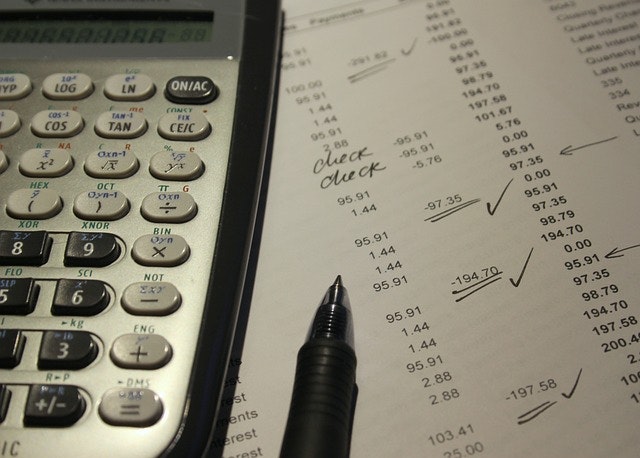
Tax season often brings with it the anticipation of receiving a tax refund. Whether you plan to boost your savings or cover upcoming expenses, understanding the refund process can be crucial in planning effectively and avoiding unnecessary delays.
Where to Check Refund Status
Taxpayers can easily track their refund status by visiting the IRS's "Where's My Refund" page. This tool provides up-to-date information about your refund status. It's important to note that processing times vary depending on how you file your return. If you e-file, updates are typically available within 48 hours. However, if you mailed your return, it might take up to four weeks for the status to be updated.
Refund Timelines
The general timeline for receiving refunds differs based on whether you've filed electronically or on paper. For e-filed returns, the IRS usually issues refunds within 21 days. On the other hand, paper returns can take up to four weeks to be processed and issued. Patience is key, but being informed helps set realistic expectations.
Getting Your Refund
Choosing direct deposit is the fastest method to receive your tax refund. It eliminates the extended processing and delivery times associated with paper checks, which can be significantly delayed by postal service issues. Opt for direct deposit to streamline your refund receipt process.
Potential Delays
Several factors can delay your refund. Common issues include errors or missing information on tax returns. It's essential to respond promptly to any IRS notices you might receive. If unsure how to proceed, consider seeking assistance from a tax professional. The sooner any issues are resolved, the quicker your refund will be processed.
If you’re still waiting on your refund or have questions about the process, visit the IRS’s website for accurate information or reach out to a tax professional for assistance.
Mastering Tax Refunds: What You Need to Know
Understanding the 2025 Mileage Rate Increase
Transformative Benefits of Outsourcing Payroll & Bookkeeping
10 Critical EOY Questions for Businesses
MN Paid Leave - Employer Requirements
FinCEN Identifier, Explained: Your Business's New "Name Tag"
ALL RIGHTS RESERVED | Paper Plan-It LTD. | PRIVACY POLICY





